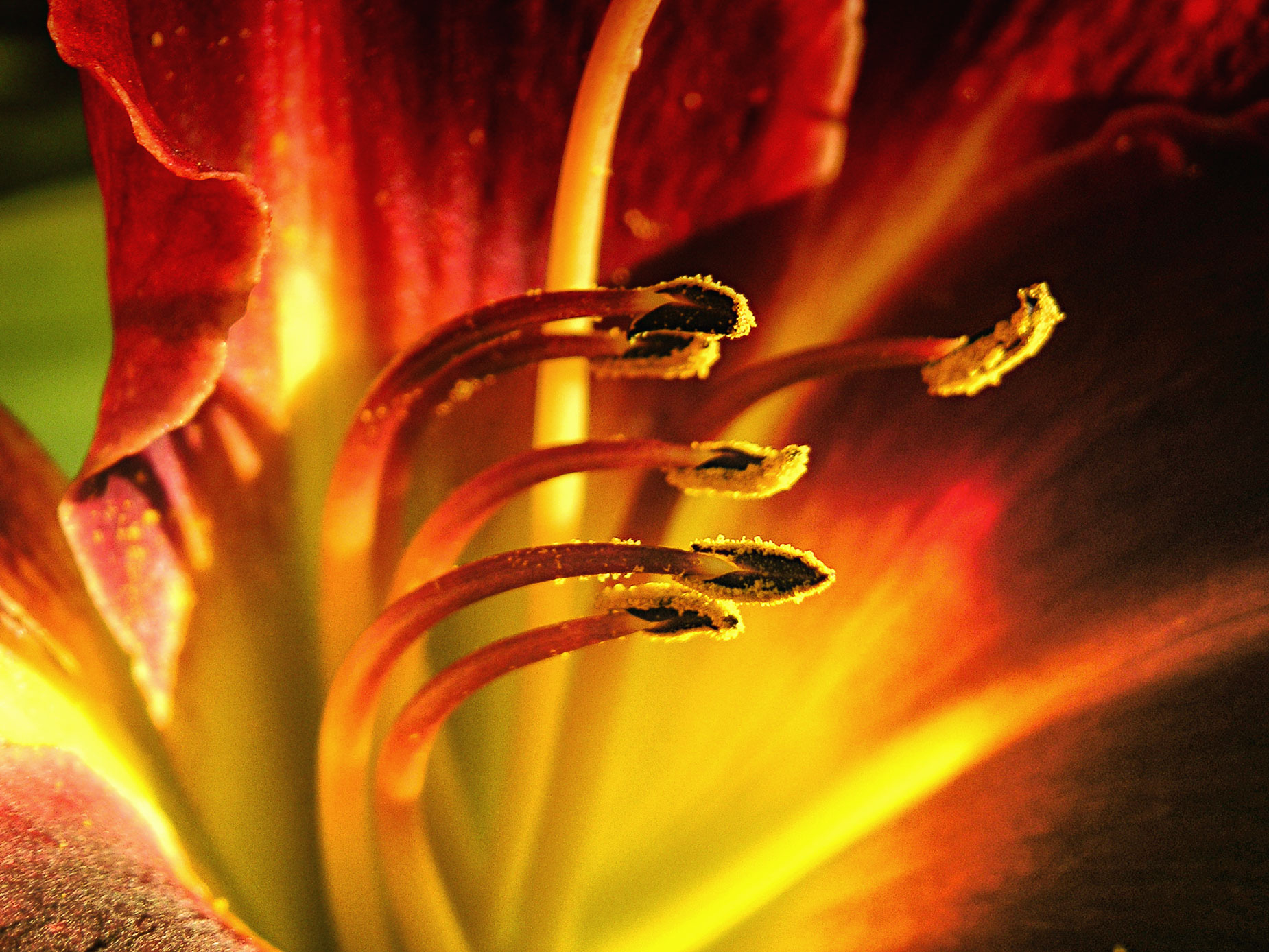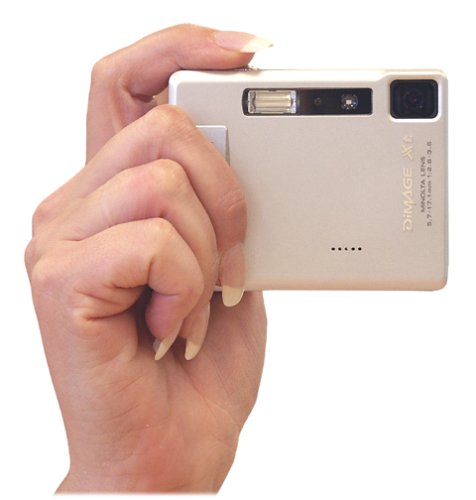Good Day and Welcome to National Make A Friend Day. Today is a fantastic opportunity to meet someone new and begin a new friendship. Friends are one of life’s most valuable assets and serve a vital role in everyone’s lives. A study published in Epidemiology and Psychiatric Sciences found that “friendships in older adults were associated with some instances of better physical health and health behaviors, as well as better mental health across the board.”
Today’s Post by Joe Farace
The trick to forgetting the big picture is to look at everything close-up. — Chuck PalahniukIf you spend your whole life looking for happiness, it’ll make you miserable.—Salvatore “Sam” Farace
In a guest post on my old blog, Jason Anderson wrote that, “At some point, the allure of macro photography in all its intricate detail entices us all to either buy or rent some glass that has the power to take us to the enchanting 1:1 ratio where we can see things full size!”

When I was more of a world traveler than I am today—I hate flying—my typical camera setup included a couple of Canon DSLRs and some zoom lenses. I would also bring along a digital point-and-shoot and depending on what was planned for the evening, that point-and-shoot was often the camera I took along with me. Sometimes, as in this case, it was also handy for shooting in the daytime.
In a recent #monochromemonday post, Every Picture Tells a Story, I wrote about all of the wonderful experiences I had when attending and later teaching at the New England Camera Club Council’s (NECCC) annual photography conference. Since the pandemic, the event has been held virtually but if it ever comes back as a live conference. I urge each and every one of you to attend. When I’m a teacher at an workshop I don’t like to take time away from my students to make pictures when I should be helping them, so usually I just bring a point-and-shoot camera for when I have some private time and that’s what happened here.
How I made this Photograph
The above photograph was made with a 3.2-megapixel Minolta DiMage Xt on the campus of the University of Massachusetts at Amherst during the annual NECCC conference on one of the two occasions when I was privileged to be a speaker. According to the EXIF data, the exposure was 1/180 sec at F/8 and ISO 160. I will readily admit that this particular image is not tack sharp as you might prefer for a “real” macro photograph. (I made several images, this was the best.) The fault may lie in the camera’s lens, its 3.2-megapixel sensor or may just be my fault but I like the image’s mood regardless
Good ideas and good cameras never die. Case in point: The Konica Minolta DiMage Xt used to make this photograph. I loved this little camera and found it ideal to carry when traveling. (You can read one of my posts about travel photography here.) The DiMage Xt had a 1/2.7-inch CCD sensor something that is now beloved by shooters of older digital cameras because they believe it CCD porduces most filmic look. Read what Snappiness has to say about all this in his YouTube video CCD is the New Film, The DiMage Xt used a 3x folded zoom lens. With this design, the lens has no moving parts outside the camera body as with a traditional digital point-and-shoot camera. Instead, a 45-degree mirror bounces light to a conventional zoom lens that was tucked inside the camera body.
 The X series of cameras continued through several more models, including the Konica Minolta DiMAGE Xg, following Minolta’s shotgun wedding with Konica. What is more than amazing to me is that here is a camera that was introduced in 2003 by a company no longer making cameras. You can buy used versions on eBay for, the last time I checked, at prices ranging from thirty bucks to $100.
The X series of cameras continued through several more models, including the Konica Minolta DiMAGE Xg, following Minolta’s shotgun wedding with Konica. What is more than amazing to me is that here is a camera that was introduced in 2003 by a company no longer making cameras. You can buy used versions on eBay for, the last time I checked, at prices ranging from thirty bucks to $100.
Because of its diminutive size and good image quality (for 3.2 megapixels) the Minolta DiMage Xt is an ideal camera to give to a kid interested in photography and I did just that back in the day. That eight year old girl I gave the camera to is now a talented professional photographer in Portland.

Along with photographer Barry Staver, Joe is co-author of Better Available Light Digital Photography that’s available from Amazon for $21.50 with used copies starting around five bucks, as I write this. New prices and the price of the Kindle version is expensive for some reason and has nothing to do with Barry or me.